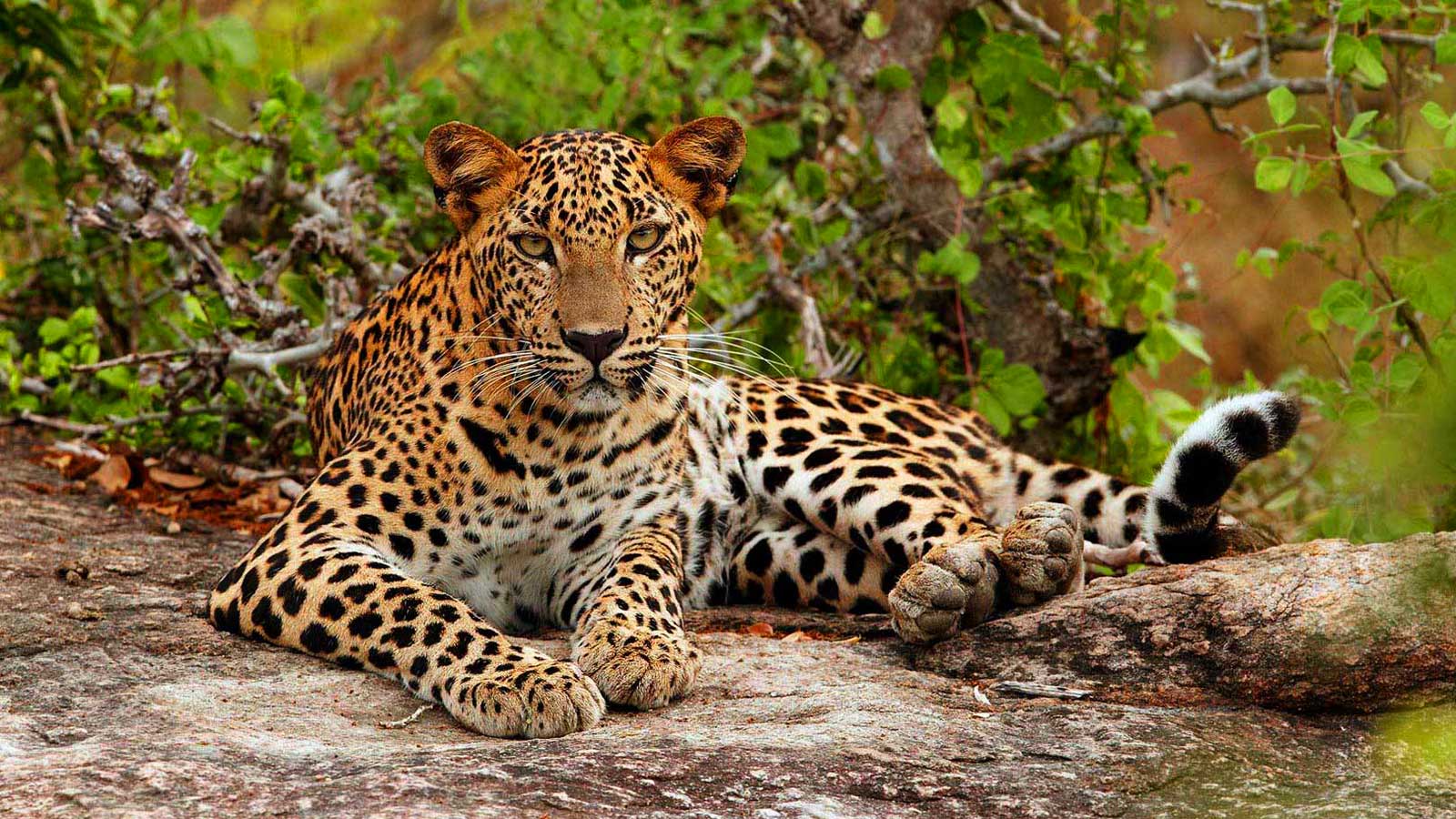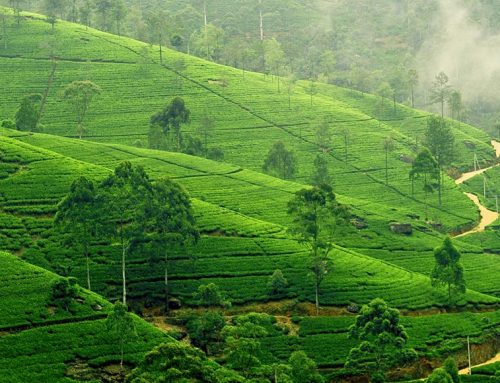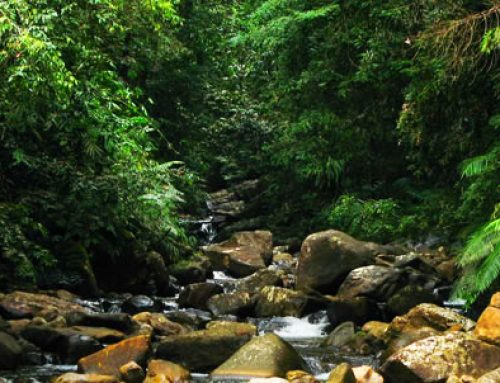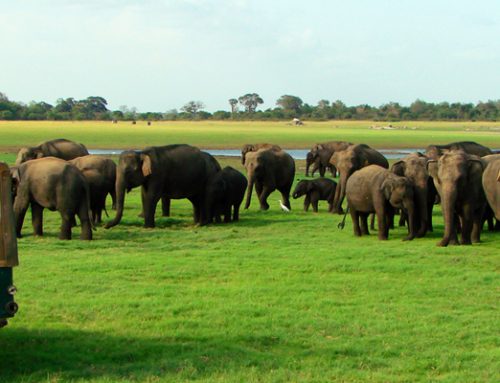YALA NATIONAL PARK, one of Sri Lanka ‘s premier eco tourism destinations, lies 24km northeast of Tissamaharama and 290km from Colombo on the southeast coast of Sri Lanka, spanning a vast 97,878 hectares over the Southern and Uva Provinces.
The vegetation in the park comprises predominantly of semi-arid thorny scrub, interspersed with pockets of fairly dense secondary forest. Small patches of mangrove vegetation also occur along the coastal lagoons. The park is renowned for the variety of its Wildlife (most notably its many elephants) and its fine coastline (with associated coral reefs). It also boasts a large number of important cultural ruins, bearing testimony to earlier civilizations and indicating that much of the area used to be populated and well developed.
Yala National Park Safari
One of the most important aspects of a Yala National Park safari is having the right kind of guide. Though wildlife is abundant, animals like the Sri Lankan Sloth Bear, Sri Lankan Leopard and other big game require the skills of an experienced naturalist guide who knows about the movements of game throughout the Park at certain times, a facility which Mahoora can easily provide. Jeeps are usually the way to go on Yala National Park safaris, and we at Mahoora have excellent vehicles which can easily navigate the varied terrain that the Yala National Park safari is known for. You may want to hang on to your hats though, Yala definitely has areas which provide for some off roading situations, for which suitable Yala National Park safari jeeps are a must.
History and the Description of the Yala National Park
Yala National Park Sri Lanka, Yala Wildlife Park Sri Lanka, Yala Sri Lanka, Sri Lanka Yala
YALA is among the oldest and best known of Sri Lanka ‘s National Parks. Yala covers about 1297 sqkm or 129,700 ha. And it is the largest agglomeration of protected areas in the country. The multifarious ecosystems ranging from Moist Monsoon Forest , to Dry Monsoon Forests, Semi Deciduous Forests, Thorn forests, Grasslands, fresh water & marine wetlands, and sandy beaches, possesses a large number of important plant species and smaller animals.
Kumbukkan Oya in the North East and Menik Ganga and tributaries on the West, flow through the Park providing a source of water to the animals even during the driest months of the year.
Yala plays a very significant role in conservation of a large number of flora and fauna in the country. Historical and religious sites such as Kataragama, Sithulpahuwa and Magul Maha Vihara and many archaeologically important places add additional significance to the area.
Yala West (Ruhuna) National Park is well recognized as one of the best parks in the world to observe and photograph leopards. The park covers an area of over 100,000 hectares and is divided into five blocks.




